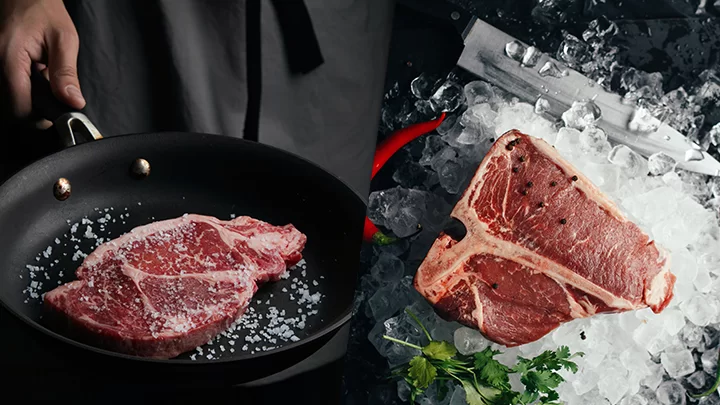



Article by: Hari Yellina
Incorporating legumes into the diet of many Australian red meat farmers can enhance productivity while also providing drought resistance and environmental benefits. Meat & Livestock Australia has developed a new Legumes Hub to demonstrate how legumes can help grazing operations. The Legumes Hub, which will be hosted on the MLA website, was established to assist producers and advisers in optimising legume and pasture performance while also increasing animal output. Michael Crowley, MLA’s general manager of research, development, and adoption, said the site would also give producers useful insights and troubleshooting assistance.
“The Legumes Hub will assist producers in assessing their legume pastures, as well as identifying the most common causes of likely legume decline and the management strategies available to overcome these constraints,” Mr Crowley added. It will concentrate on five major areas in which legumes could benefit Australia’s red meat industry. The hub will house a variety of information for both northern and southern producers under these five categories.
Legumes form an important, symbiotic relationship with Rhizobium bacteria. This enables plants to fix nitrogen from the atmosphere through their root system and make it available to other pasture species. “The nitrogen fixed by legumes boosts the performance of pasture grasses to produce higher quality and quantity of dry matter, providing a consistent, nutritious source of feed for livestock,” Mr Crowley said.
Legumes pastures provide appealing, digestible, high protein feed for cattle, which is another significant benefit for the red meat sector. When the quality of grasses is poor, legumes on the pasture can extend the period of high-quality green feed. Mr Crowley explained, “This allows growers a more stable and versatile feed for satisfying market criteria year-round.”
Incorporating legumes improves resilience to climatic and seasonal changes as well. Some legume cultivars can endure up to ten years if properly cared for. “Following the drought-breaking rains, legumes will soon recover. This is due to their deeper root systems and ability to generate enough seed for regeneration even in unfavourable growing conditions, making them a really resilient armament for Australian farmers “Mr. Crowley explained.
Dieback is resistant to annual legumes including Arrowleaf Clover and Biserrula, as well as perennial forage legumes like Leucaena and Desmanthus. Mr Crowley explained that “trials have showed that adding modest amounts of nitrogen and phosphate fertiliser and then re-sowing dieback-affected regions with legumes reliably enhanced plant biomass.” “Re-sowing with a mix of legume and pasture grass species can also assist increase the amount of feed available for cattle.”
Finally, legumes can play a pivotal role in capturing carbon and reducing emissions on-farm. They contain different levels of useful compounds such as condensed tannins that assist animal production and can reduce livestock methane emissions. “Specifically, MLA has found that in northern Australia, Leucaena and Desmanthus have the potential to reduce enteric methane production whilst improving animal production,” Mr Crowley said.